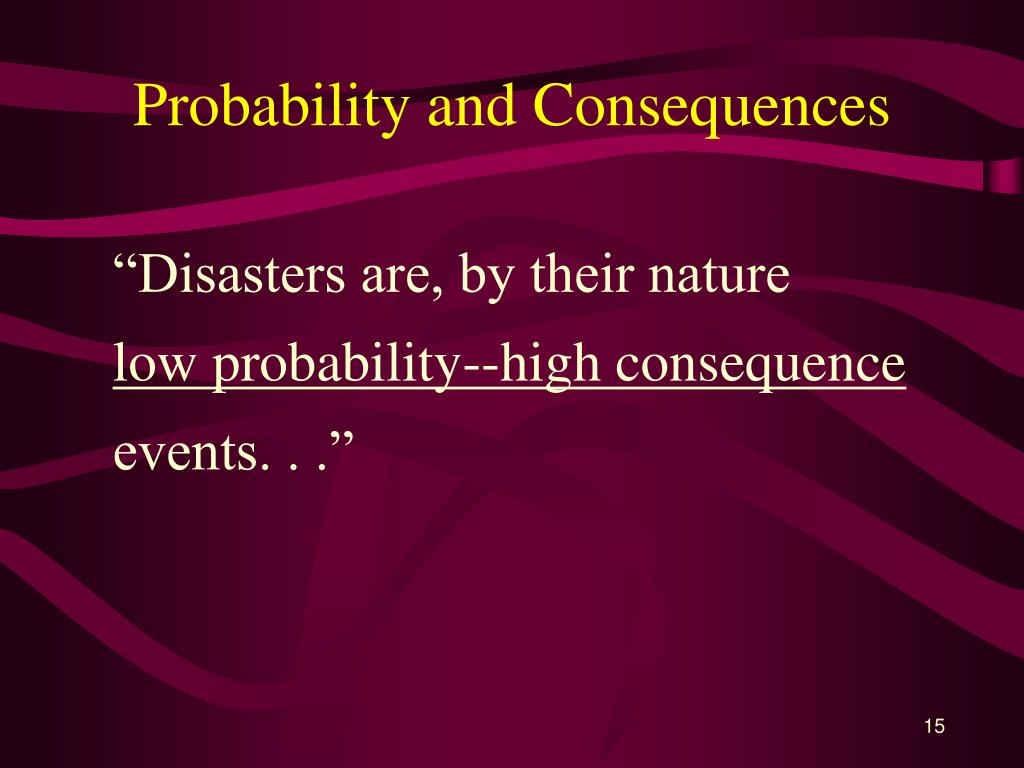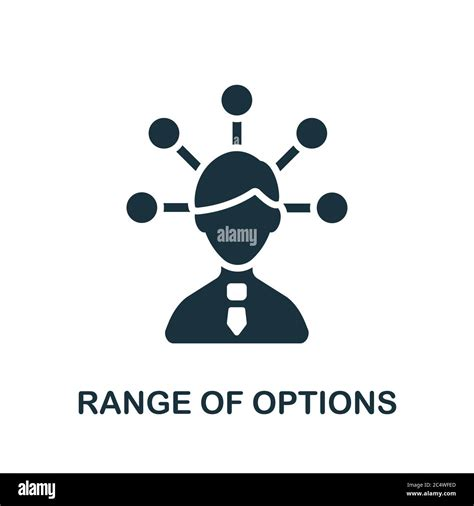I
found my carefully laminated map of the Five Islands off Port Kembla
under the seat of the car a full day after it was needed. Holding
the map in my hands I wondered if this one sheet of paper could have
prevented what followed or was that putting too much significance
into a simple two dimensional representation of
reality?
Teaching GPS navigation in the winter rain in Nelson, BC
Back in the days when I taught backcountry ski travel in avalanche
terrain, I frequently exhorted my fellow travellers to “check the
map.” The map allows you to recognise avalanche terrain before you
enter it; a proposition far safer than continuing to ski blindly
ahead until you are standing on a convex roll in the middle of a big
avalanche slope under a hanging cornice with no safe exit point.
With good map reading skills mysterious terrain becomes known, and
known risks can be evaluated. That evaluation does not preclude
knowingly entering risky terrain. The best backcountry skiing is
in avalanche terrain, just as the best paddling is in wave washed
locations, but risk should be evaluated as completely as possible
before committing. Escape routes should be planned, and everyone in
the group should enter the risky zone with the knowledge that they
can cope with the worst possible consequences, not merely the best
case scenario.
Pondering whether it is safe to ski out into the middle of a massive slide path, Kootenay Pass, BC
The most difficult risk to assess is the classic “low probability high consequence” event. Most of the time snow is
stable and no avalanches occur, just as most waves are smaller and manageable, but every so often, a
pocket of deeply unstable snow is encountered – unstable enough to
rip the entire slope - or a wave twice as high as average rolls
across a rocky reef. In those instances, it is not always possible
to avoid high consequence events. Risk, of course, is also a function of
capacity, and capacity, sadly (no matter what the language police
propose) is a function of age. Older people have slower reflexes,
less power, and can be catastrophically injured by minor events.Which does not mean that older people don’t get to continue
taking risks. I’m over 60, I lead climb, I ride a mountain bike at
speeds where I have only modest control, I paddle on the ocean
through surf and swells. These are all good things, a life with no
risk is no life at all.
When assessing risk however, our first assessment needs to be of
our own ability. Do we actually have the physical capacity to climb
the route, ski the slope or paddle through a breaking wave? What
will happen if I fall while lead climbing? Is the fall safe, on
solid gear and into air, or am I 15 metres out from a dodgy piece
above a big leg and back breaking ledge? If the slope rips, can I
ski out to the side and escape the worst of the avalanche? More
important, because most people do not ski out of big avalanches, if I
am buried, can my friends quickly locate me and dig me out? If the
wave breaks, can I reflexively respond as needed with a brace, or a
power stroke? Can everyone in the group respond appropriately, and,
if the worst happens, are we in a position to effect a rescue?
a compound lower leg fracture
When I lived in Nelson, BC, the heart of “champagne powder
skiing,” a couple of times a season, I would take a group of women
backcountry ski touring. The women were less gung-ho than my usual
male companions and wanted to ski good powder with low risk. The
trips were great fun, and, in truth, a nice break for me from
continually skiing big slopes with the big boys with big
consequences. But, there was a difference in how I approached those
trips. I never expected the women to be able to either find me or
dig me out in the event of an avalanche. I skied as if I was alone.
Which means that I was as absolutely sure as you can be that the
slopes we skied were safe.
Ladies ski day
What does all this mean and what does it have to do with the Five
Islands and a lost map? Simply, it means if you plan to paddle a
route, you and you alone are responsible for your actions and you
must be willing to wear the consequences alone. I am more than
willing, within the limits of my ability to stand by and attempt to
render assistance if something goes awry; but if you commit, you
should commit with the full knowledge that you and you alone are
responsible for the consequences.
Effecting a rescue in easy conditions after an unintentional capsize
Below are a couple of images showing Red Point (on the mainland)
and the Five Islands. This is the view you would get if you had a
map! Or could even remember the map which you had glanced at the
night before. A bigger island (handily called Big Island) separated
from the mainland by two ocean gaps – one between a small rocky
islet (also very handily called Rocky Islet) and Big Island and one
between Rocky Islet and Red Point. The imagery indicates that, in
most conditions, the most easterly gap, between Rocky Islet and Big
Island has the deepest water. In fact, even in bigger conditions
(the second image) there is a safe passage between Big Island and
Rocky Islet. Depending on skill, a safe passage may also be effected
through the gap between Rocky Islet and Red Point, but a cursory
glance indicates this is the riskier option.
Satellite imagery in average conditions, blue line is proposed route
The nautical chart – a snippet of which is shown below – is
less clear. Both passages are shown as having a similar water depth
and both passages have bomboras marked. The eastern most passage, is
a little bit wider and might be preferable as a kayaker can point
straight into the prevailing swell, but the final assessment will
need to be made on the water; the chart can only provide so much
information. Our route is marked in red (it’s my track from my
Garmin watch). The blue track indicates the route that was proposed
as we bobbed in our kayaks a couple of hundred metres to the
northwest of Rocky Island.
Big conditions at the Five Islands
Why were we making this assessment from such a distance? I’m
not completely sure! I was the last to launch and simply paddled out
to meet up with the pod of paddlers at the intersection of the blue
and red lines where they had been bobbing in the swell for some
minutes. The reef between Rocky Islet and Red Point was breaking
and, at times completely “closing out.” The passage, after all
is less than 90 metres wide and has a bombora slap in the middle.
Possibly the paddlers felt safer grouping up a fair distance from the
reef rather than closer in where our viewpoint would have been
better, but this may be splitting hairs.
Actual and proposed route, as best as I can determine
Immediately upon my arrival at the “paddle pod,” one paddler
proposed that we paddle the route of the blue line. We would, she
told me, probably have to back paddle or hold our position while a
few larger waves rolled over the reef to avoid being caught in
breaking swells. Additionally, after crossing the line of breakers,
we would have to turn and paddle beam on to the ocean swell for a
distance before turning again and pointing into the ocean swell.
However, I could be assured that where we would be beam on, the waves
would be merely cresting not breaking and this particular paddlers
risk assessment was that the proposed route was well within the
parties capability and, additionally, this one paddler would take
full responsibility for another member of the paddling party.
Another view of the Five Islands
Now, I will admit that this seemed like a fine line to thread to
me. Not impossible by any means and completely safe for some
paddlers, but, I would hope that any paddler choosing this option
would be able to react quickly, reflexively and with sufficient power
to manage any breaking waves. Did this final sentence describe every
paddler in our party? Not by a long shot, and that is not ageism,
sexism or any other ism that the PC (politically correct) police care
to throw about, that is simply reality.
I admit to being caught off guard. I was being pressured to make
a decision immediately upon meeting up with the paddle pod and I had
not had a chance to look at the proposed route for any length of
time, and, I did not have that accursed map, which would have
shown at a glance that a mere 500 metres to the north was another
larger passage! I thought briefly about getting my mobile phone out,
as I have both the topographic map and the nautical chart on my
phone, but it was a bit bumpy to be messing about with delicate
electronics. Why was my ageing brain unable to pull out of its
depths an image of the map which I had quickly checked the previous
night on my computer and why did I feel so pressured to make such a
quick decision in the first place?
My decision was made in some haste and one of the most important
lessons for me from this event is that I should, if possible, take
more time to make decisions. In this instance, we were in a safe
location, it was early in the morning, the weather and sea conditions
were stable, and I could with ease and safety take a few minutes to
evaluate all our options and make a considered decision. Which is
not to say my decision would have changed, but I would – perhaps –
have been able to communicate the reasons for my decision with more
diplomacy. That is a perhaps because I am a very poor communicator!
I can’t guarantee these are my exact words, but, it’s close
enough “if we paddle that route every paddler needs to be able to
put some power on if needed and I am not sure that describes our
entire group.”
Busting out of Little River, Nadgee Wilderness My paddle is in a terrible position
PC: DB
It’s probably obvious to everyone (anyone?) reading this that
one paddler was very keen and one paddler was willing to follow the
keen paddler anywhere but might not be able to pull out the required
power and agility should things go pear shaped. The keen paddler
said they would take full responsibility for the least strong member
of our group. I had and have no problem with adults deciding on
their own level of risk and acting accordingly. However, I also saw
this as a potential low probability high consequence event (although
I am not convinced the probability was actually that low) which is an
instance where decisions should be made with the worst case rather
than best case scenario in mind.
To say things got heated would be to say that the sun can be warm
in the middle of summer, an understatement. I said I was not willing
to accept that level of risk for one member of the party, but I was
completely happy for the two paddlers to go through as long as they
were cognisant that, as they paddled through the gap, they were
responsible for themselves. I assured them that I would do my very
best to effect a rescue should that be required but I could make no
guarantees that a rescue would be possible or completely timely.
Rescue at the Tollgate Islands
Things got heated. I felt a great deal of pressure to accede to
the keen paddlers plan. I did at one point say “I will not be
bullied.” A statement that is likely too strong for the
circumstances. But, there is history here and history is hard to
forget even if one has long since forgiven. It seemed to me, and I
could be completely wrong about this, that the keen paddler was
willing to take responsibility for the other paddler as long as I was
also involved but not really willing to take responsibility if only
two paddlers were to proceed. The antithesis of “skin in the game,” and, to throw in another incredibly overused
metaphor, the rubber meets the road when skin is in the game.
The one sensible paddler in all of this had, while discussions
were ongoing, simply paddled north, noted the wide open channel
between Rocky Islet and Big Island and as we regrouped preparatory to
paddling around the island from the north shared with us the
information that she had been watching the eastern most passage for a
period of time and no waves had broken through there. It was a
completely risk free route, just some bumpy water and current, and we
paddled through with ease! How foolish were we to debate a course of
action when we had not even made the most cursory examination of all
our available options.
What can be learnt from this long, long story with too few photos
and possibly no point at all:
Everyone should have a map. Had anyone else in the party had
a map none of this would have happened. With only one map in the
party when that map got lost, we had zero maps!
Assess all options before making a decision. If that means
paddling 300 or 500 metres, paddle 300 or 500 metres.
I understand completely the desire to do something, heck, I
am one of the most goal oriented people around, but if you are damned and determined to
do something, you might have to go alone.
If you are unwilling to go alone or with only one other
person, you don’t have skin in the game. Take responsibility for
that.
This lesson is particularly for me: take your time, make a
considered decision and do your best to communicate that decision
rationally and carefully.
Agree on the rules of engagement ahead of time. Most outdoor
parties have an unspoken rule that any single member has veto if
risk is deemed significant. It is likely better to make this clear
ahead of time, particularly if you suspect that some members of your
party do not operate under the same assumption.
I understand chafing against risk assessments. I have done so my
entire life, particularly when I was backcountry skiing with the
women. I never took those women anywhere near an avalanche slope and
yet, sometimes one woman or another would decide that the slope we
were planning to ski was unsafe. I might explain the risk again –
perhaps in a different way with different words - but it is
absolutely not my job to push anyone to do something they perceive as
risky to life and limb. We all make mistakes and, if your mistake
breaks someone you live with those consequences forever. Most of the
things we do in life are simply not worth that.

























































